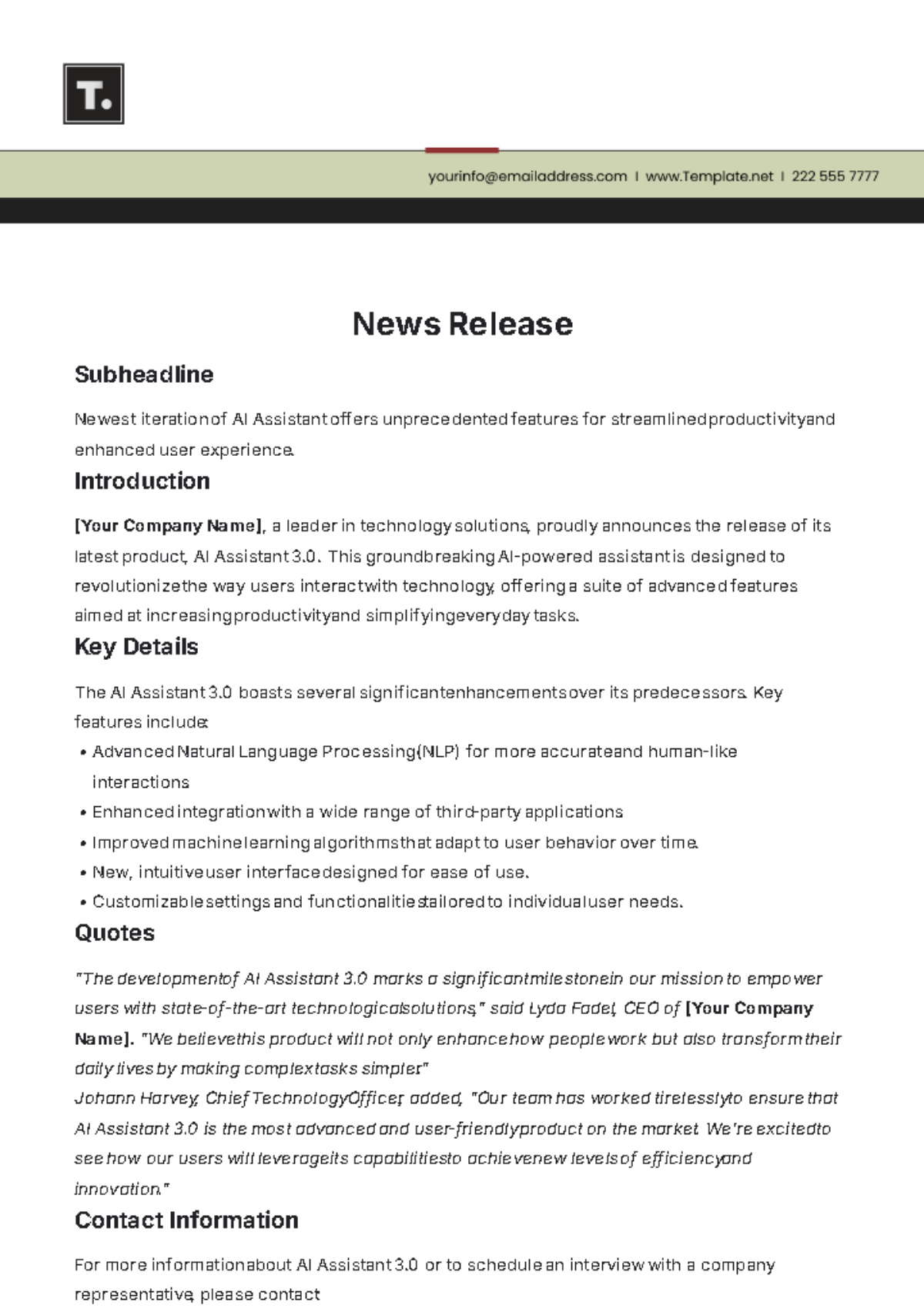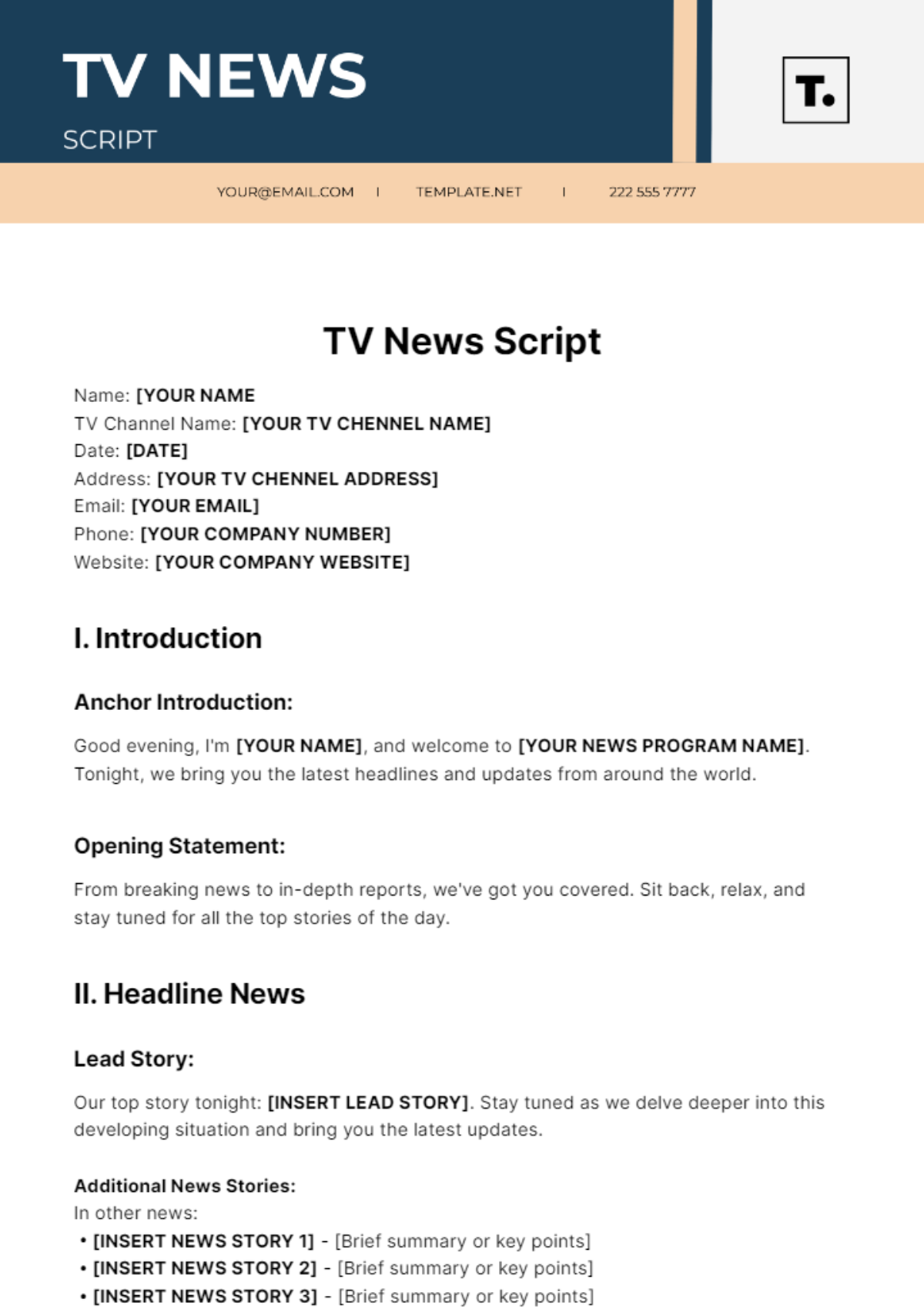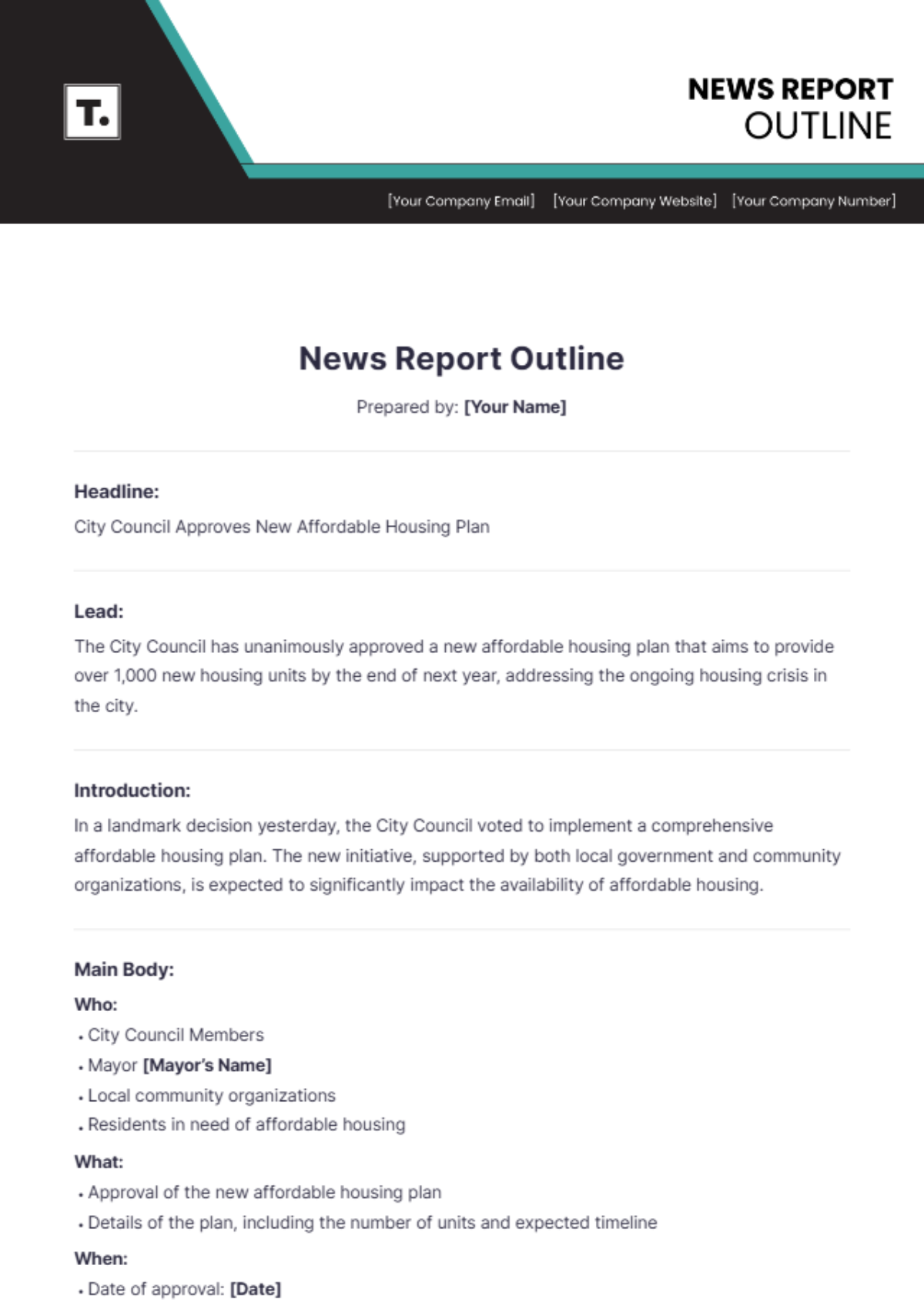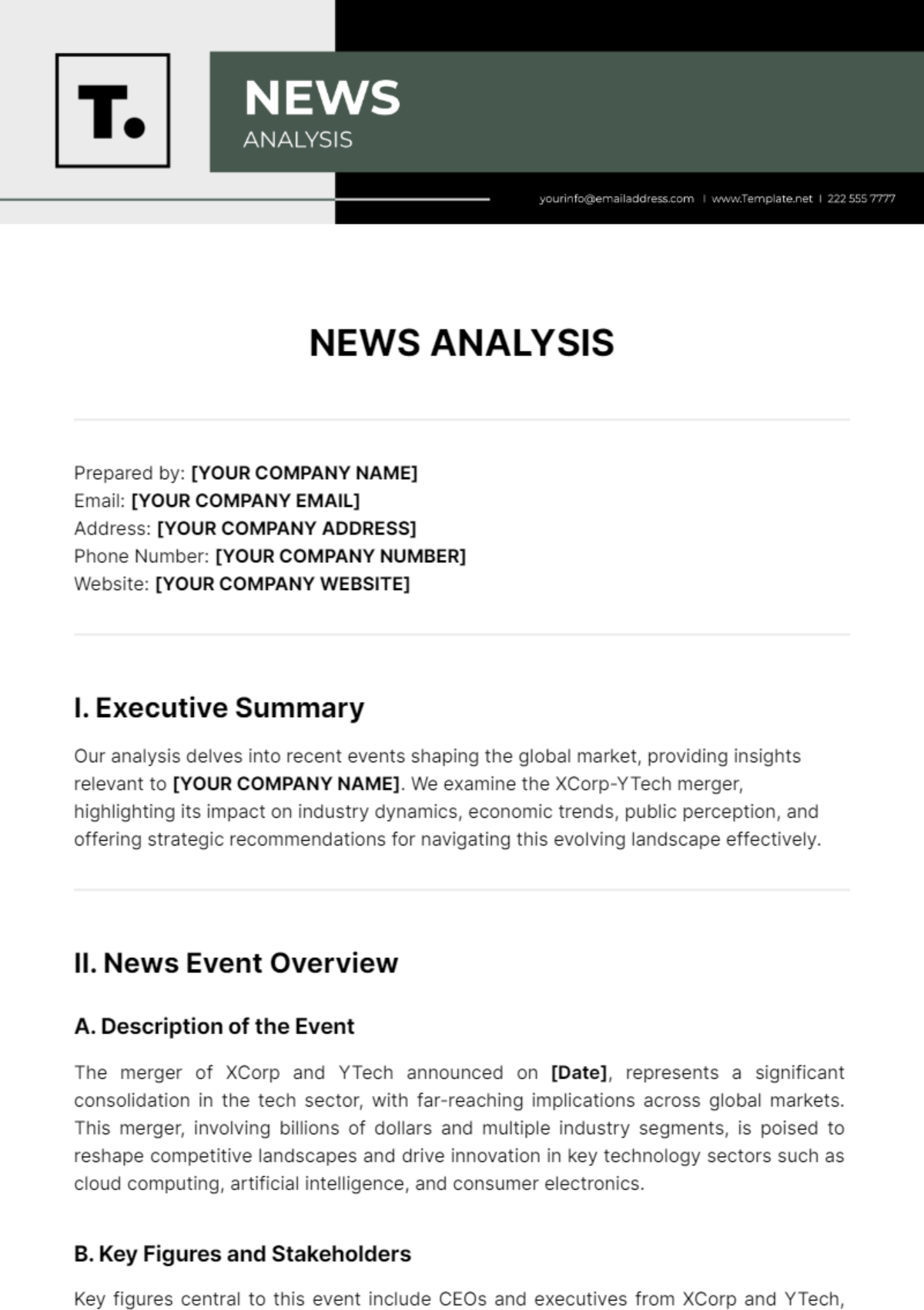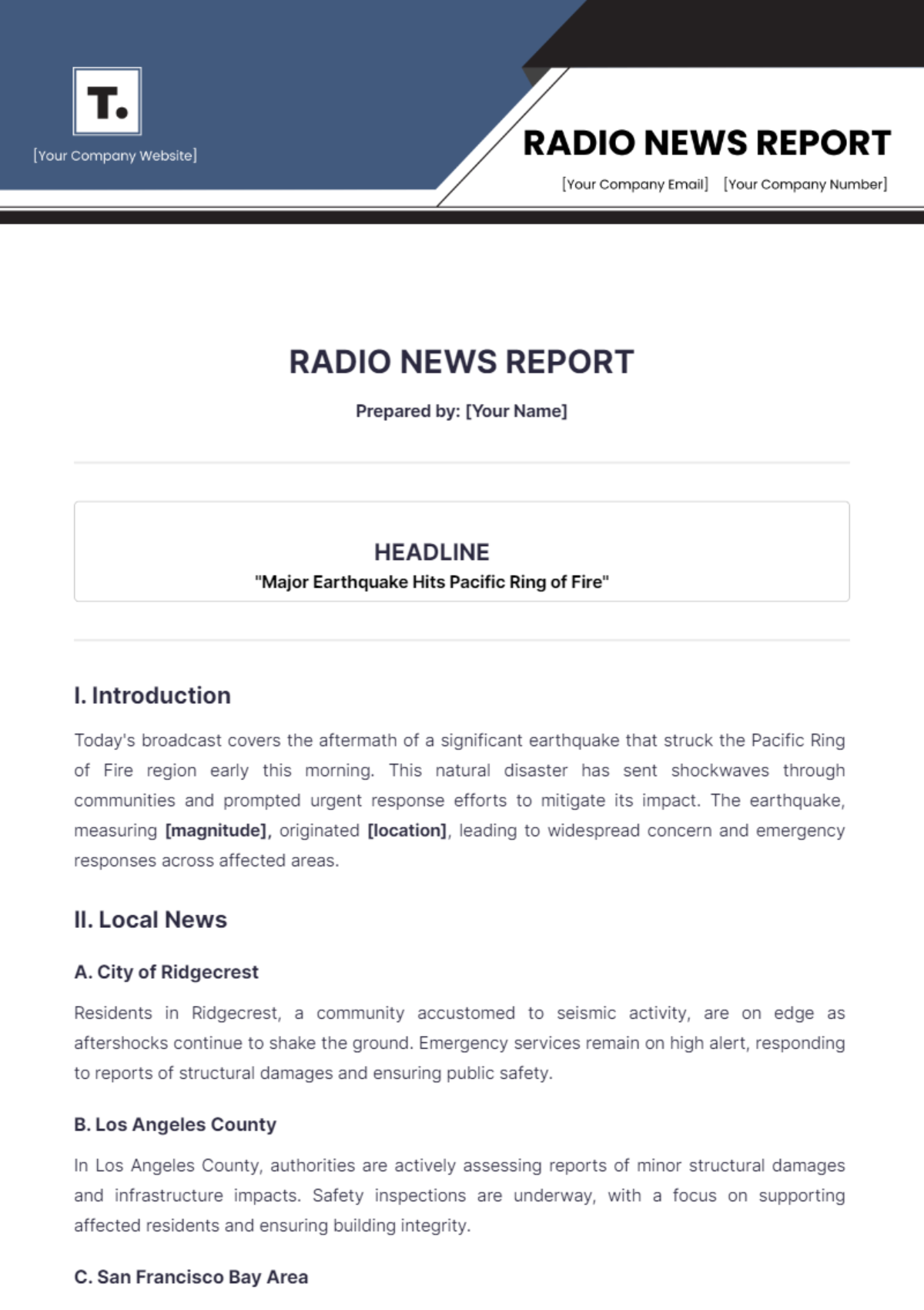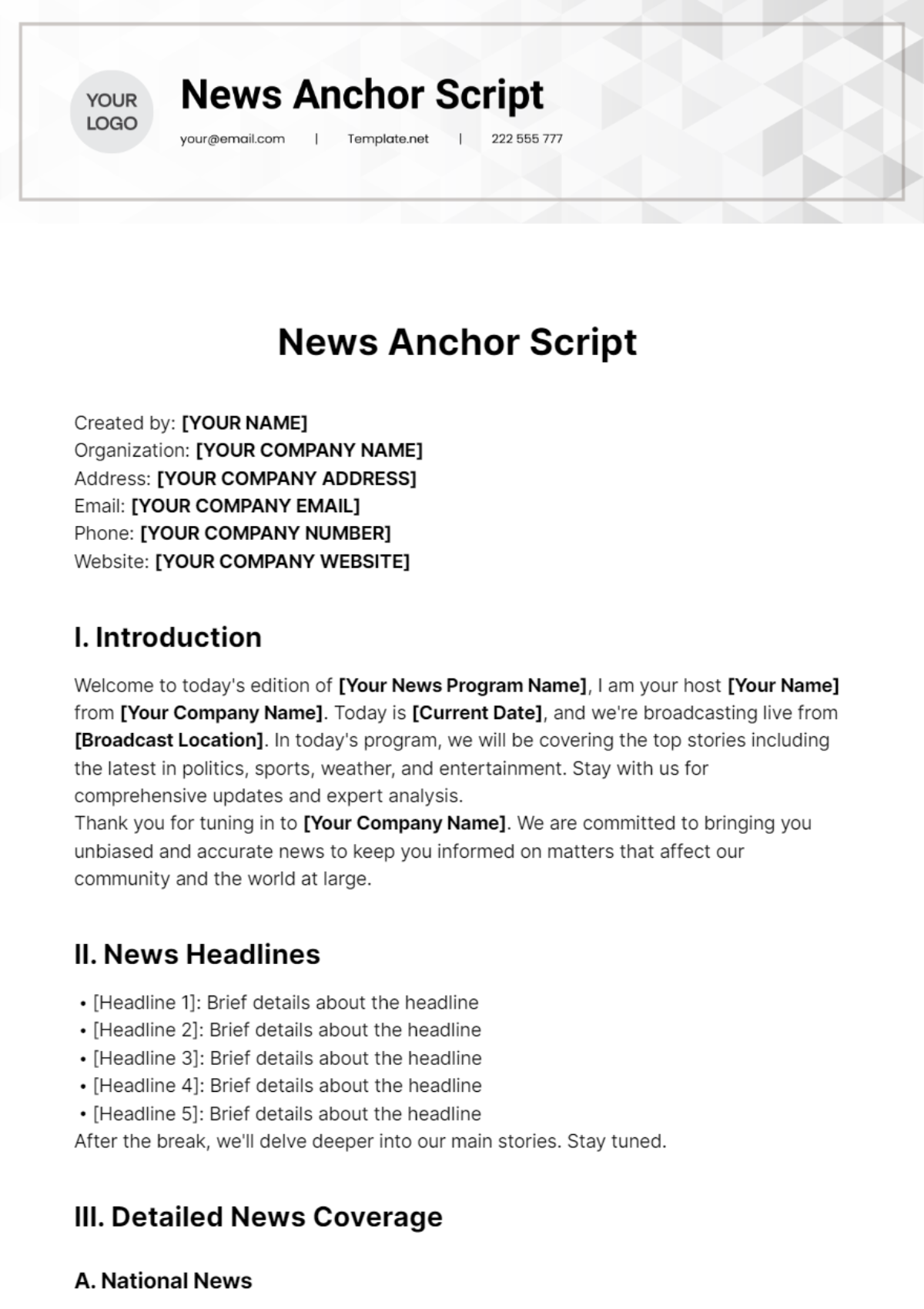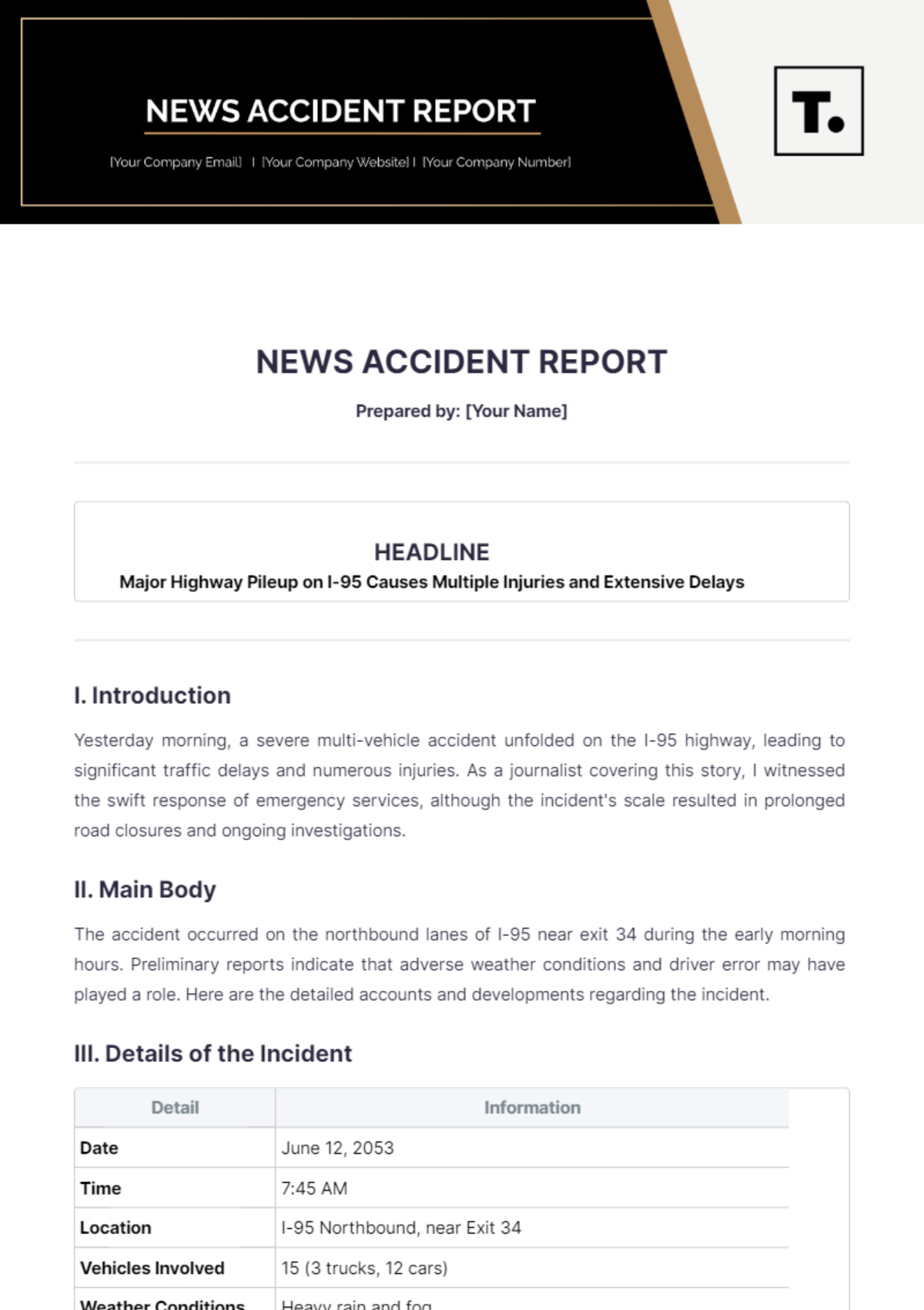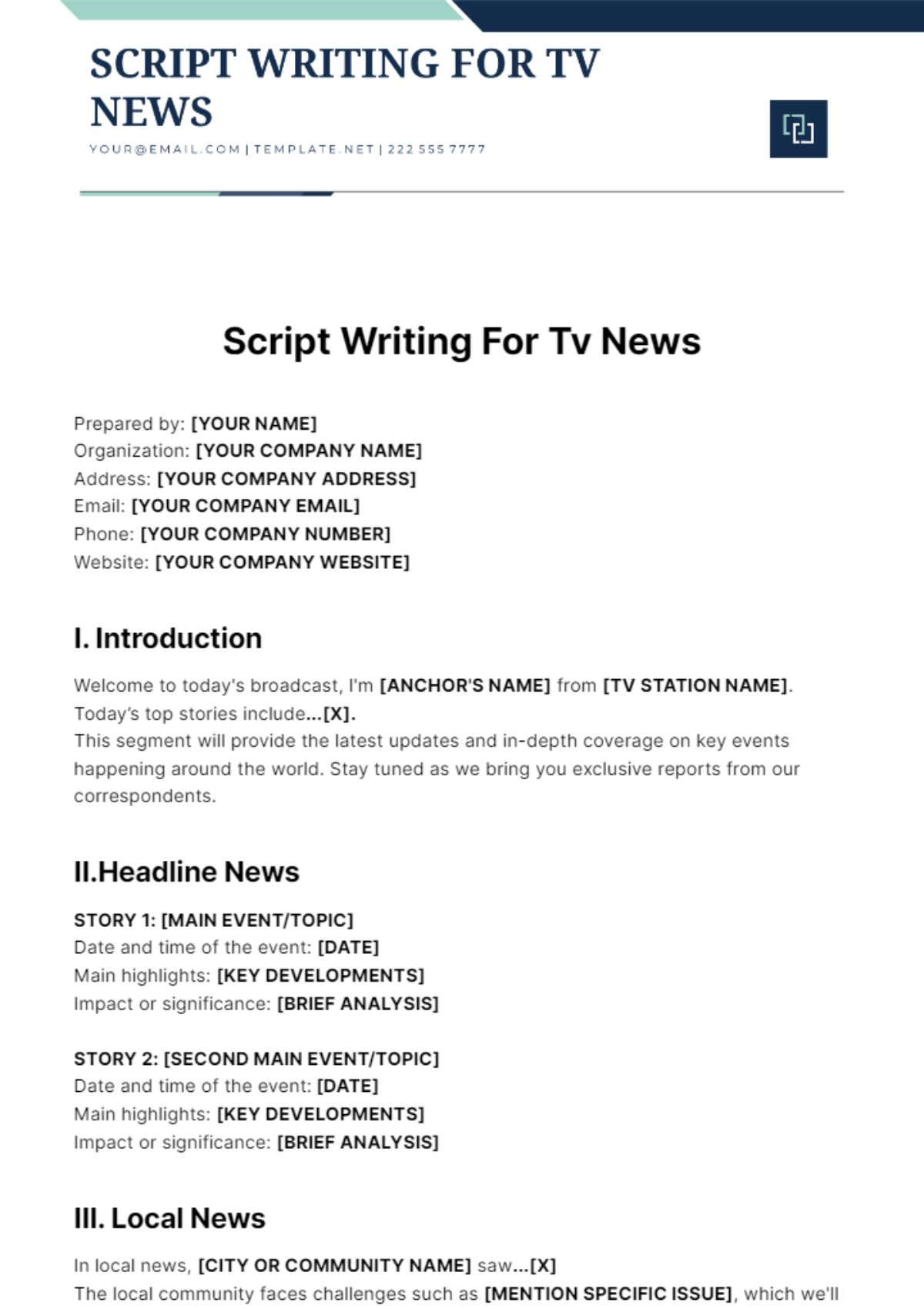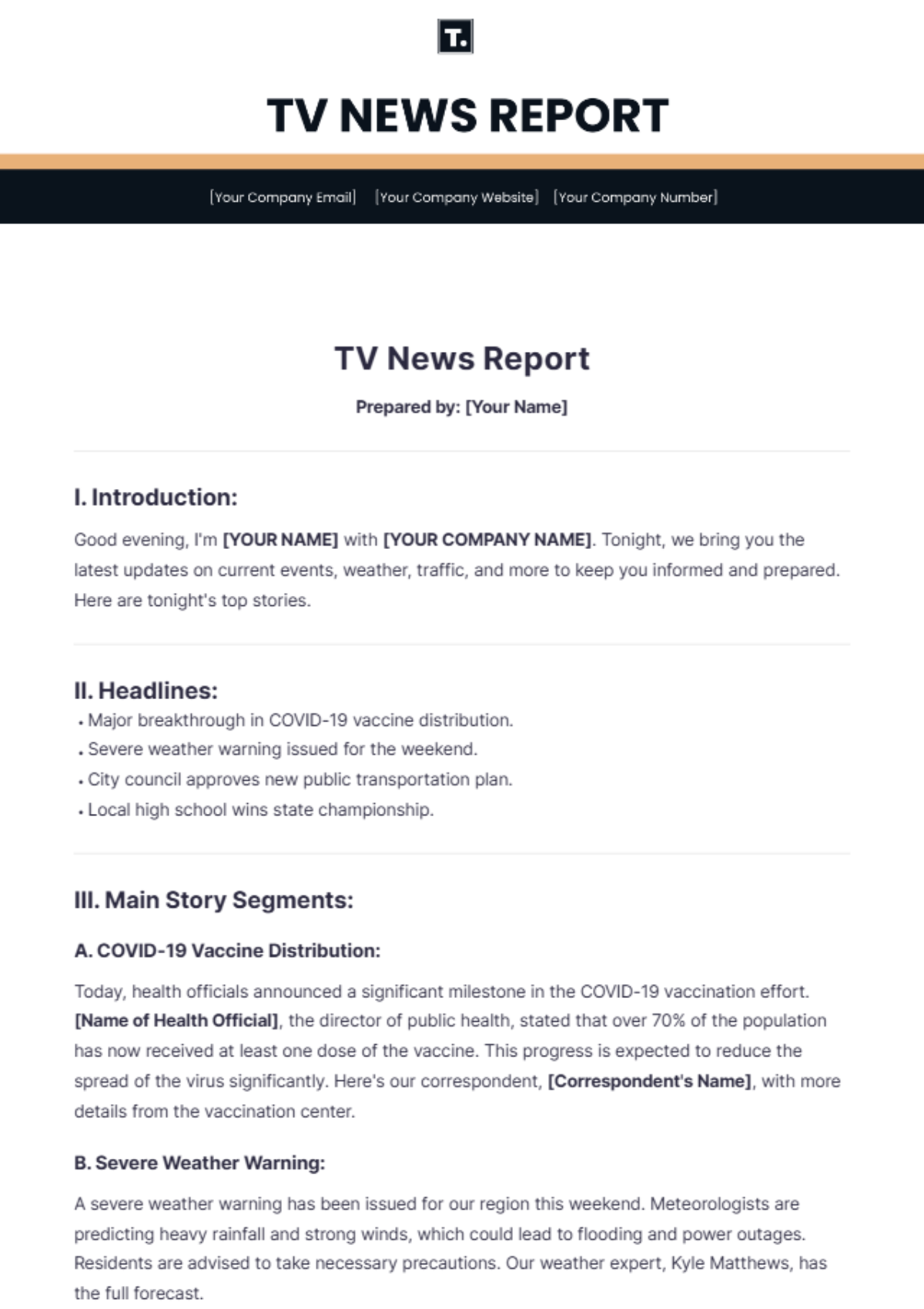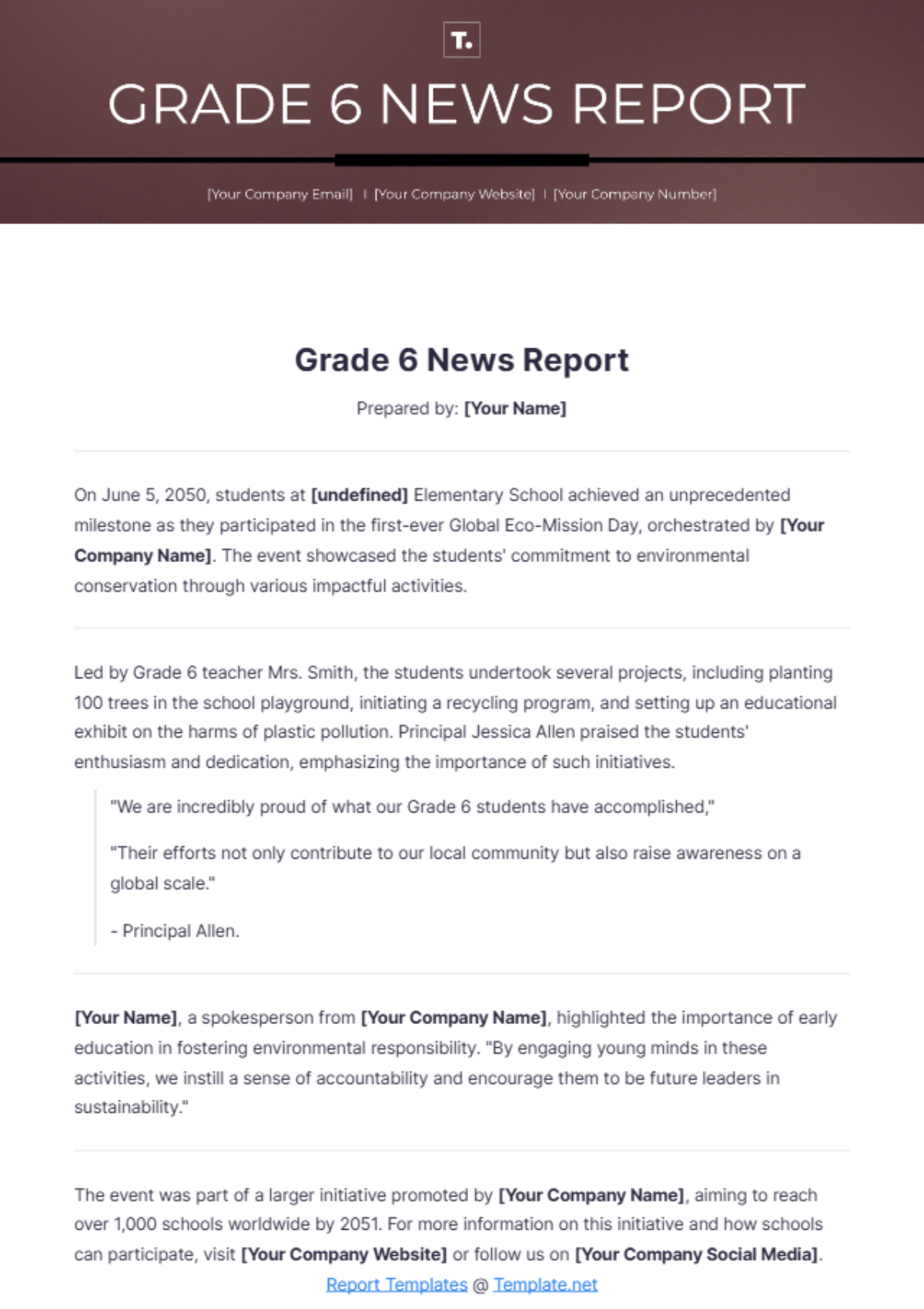Free Ground Brief
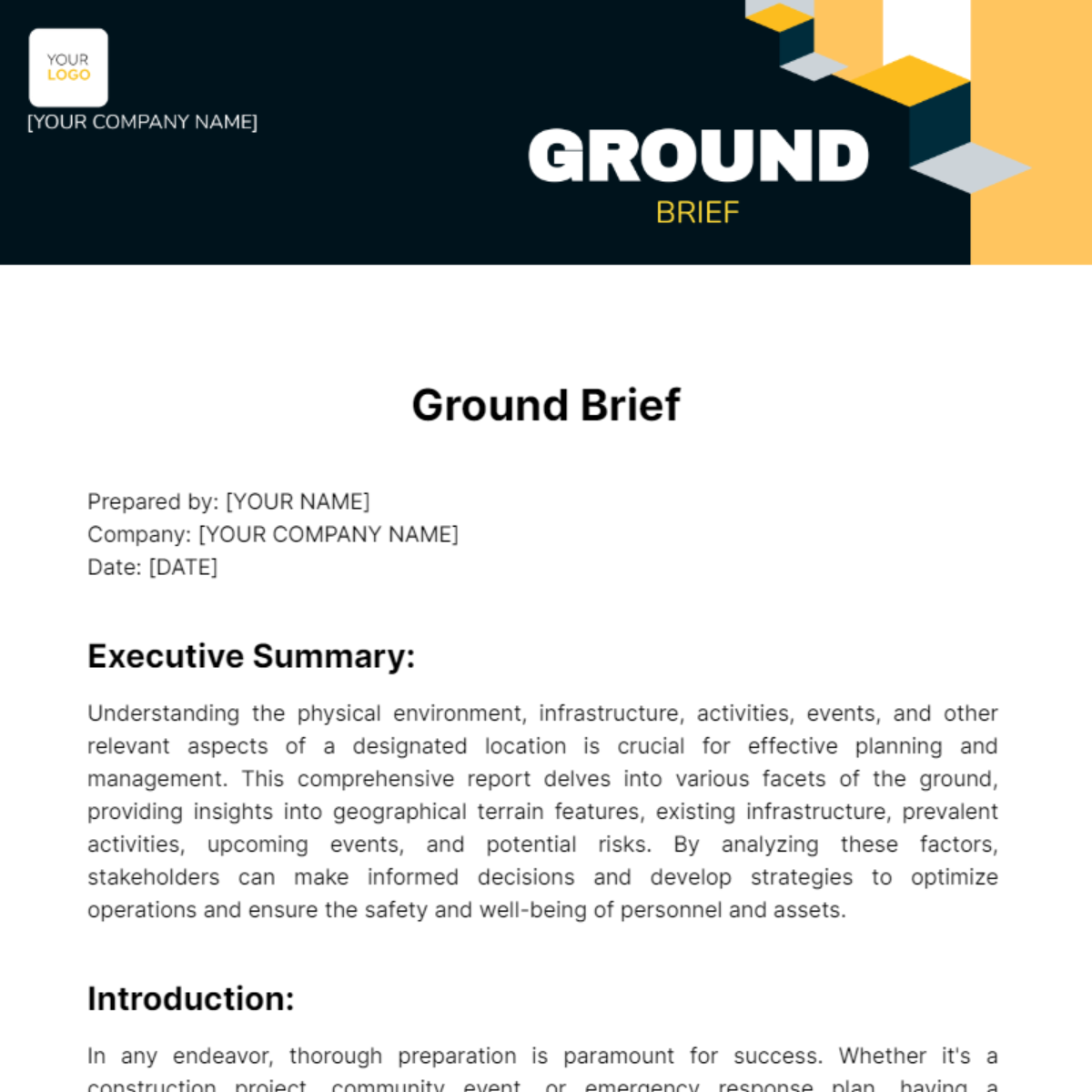
- 100% Customizable, free editor
- Access 1 Million+ Templates, photo’s & graphics
- Download or share as a template
- Click and replace photos, graphics, text, backgrounds
- Resize, crop, AI write & more
- Access advanced editor
Introducing the Ground Brief Template from Template.net – your essential resource for comprehensive planning. This editable and customizable template empowers seamless adaptation to your project specifics. With intuitive editing features available in our Ai Editor Tool, refine every aspect effortlessly. Elevate your ground planning experience with this versatile tool, ensuring precision and efficiency in every endeavor.
You may also like
Ground Brief
Prepared by: [YOUR NAME]
Company: [YOUR COMPANY NAME]
Date: [DATE]
Executive Summary:
Understanding the physical environment, infrastructure, activities, events, and other relevant aspects of a designated location is crucial for effective planning and management. This comprehensive report delves into various facets of the ground, providing insights into geographical terrain features, existing infrastructure, prevalent activities, upcoming events, and potential risks. By analyzing these factors, stakeholders can make informed decisions and develop strategies to optimize operations and ensure the safety and well-being of personnel and assets.
Introduction:
In any endeavor, thorough preparation is paramount for success. Whether it's a construction project, community event, or emergency response plan, having a comprehensive understanding of the ground is essential. This report aims to provide stakeholders with a detailed assessment of the designated location, covering various aspects such as the physical environment, infrastructure, activities, events, and other relevant factors. By elucidating these elements, this report equips stakeholders with the necessary knowledge to navigate challenges, capitalize on opportunities, and foster a safe and prosperous environment.
1. Physical Environment
The physical environment encompasses all the visible and non-visible elements in the designated location that could significantly affect operations or activities. These include:
Geographical Terrain Features: Understand the topographical characteristics of the area, including hills, valleys, rivers, and other landforms, which can influence navigation and construction efforts.
Weather and Climatic Patterns: Familiarize yourself with the prevailing weather conditions and climatic patterns, including temperature fluctuations, precipitation levels, and seasonal variations, to anticipate potential impacts on outdoor activities and scheduling.
Vegetation and Wildlife: Take note of the local flora and fauna inhabiting the region, as they may affect construction projects, environmental conservation efforts, and safety protocols.
Natural Hazards: Identify any natural hazards inherent to the area, such as flood-prone zones, seismic activity, or other geological risks, and implement appropriate mitigation measures to safeguard personnel and assets.
Sunrise and Sunset Timings: Consider the timing and duration of daylight hours throughout the year, as variations in sunrise and sunset timings can impact scheduling, outdoor work activities, and lighting requirements.
2. Infrastructure
This section details the existing infrastructure facilities and developments within the designated ground. The parameters discussed here include:
Infrastructure Category | Description |
|---|---|
Roads | The roads within the designated area exhibit varying conditions and traffic patterns, necessitating awareness of congestion points and ongoing roadworks for efficient navigation. |
Buildings | Diverse structures, varying in age, condition, and use, populate the designated ground, impacting logistical considerations and safety protocol details about the structures, age, condition, use, etc. |
Utilities | Essential amenities such as water, electricity, and telecommunications are readily available, necessitating an understanding of reliability and maintenance schedules for sustained operations. |
Public Amenities | A range of public amenities including parks, recreational areas, and healthcare facilities enhance community well-being and require consideration for recreational activities and emergency response planning. |
3. Activities
Activities in and around the area can significantly affect or be used to include in the ground plans. Some key activity aspects that this section will cover are:
Common activities of residents and visitors in the area:
Understanding the daily routines and habits of residents and visitors helps in designing facilities and amenities that cater to their needs.
It also aids in determining peak traffic times, which can inform transportation planning and infrastructure development.
Special events or festivals that might draw crowds:
Being aware of upcoming events and festivals allows for proper crowd management and logistical planning.
It presents opportunities for community engagement and collaboration, enhancing the vibrancy of the area.
Routine economic activities like market days or transport schedules:
Knowledge of routine economic activities such as market days facilitates planning for traffic flow and resource allocation.
Understanding transport schedules ensures efficient transportation services, benefiting both residents and businesses.
Contraband or illegal activities, if any:
Awareness of illegal activities helps in implementing appropriate security measures to safeguard the community and deter criminal behavior.
It enables collaboration with law enforcement agencies to address underlying issues and maintain public safety.
Security incidents or concerns in the recent past:
Reviewing past security incidents provides insights into potential vulnerabilities and areas for improvement in security protocols.
It allows for proactive measures to be taken to prevent future incidents and enhance overall safety measures in the area.
4. Events
This section lists specific events that are scheduled to occur soon. It is essential to account for these while making any plans related to the ground:
Upcoming cultural or social events:
Being aware of upcoming cultural or social events allows for proper preparation to accommodate increased foot traffic and potential impact on infrastructure.
It presents opportunities for collaboration and participation, contributing to community engagement and cohesion.
Planned construction or development activities:
Knowledge of planned construction or development activities is crucial for coordinating projects and minimizing disruption to daily operations.
It facilitates strategic planning for resource allocation, budgeting, and scheduling, ensuring timely completion of projects with minimal impact on stakeholders.
Scheduled political or official gatherings:
Awareness of scheduled political or official gatherings enables appropriate security measures to be implemented to ensure the safety of participants and the public.
It allows for coordination with relevant authorities and stakeholders to facilitate smooth event logistics and minimize disruptions to surrounding areas.
Forecasted weather events like storms or dry spells:
Monitoring forecasted weather events like storms or dry spells is essential for implementing emergency preparedness measures and ensuring public safety.
It enables proactive planning for potential impacts such as flooding, power outages, or transportation disruptions, minimizing risks to life and property.
Expected changes in local or national regulations:
Understanding expected changes in local or national regulations helps in adapting policies and procedures to remain compliant and mitigate legal risks.
It allows for proactive adjustments to business practices or operational protocols to ensure continued compliance and avoid potential penalties or disruptions.
5. Other Relevant Aspects
This final section discusses any other factors not covered in the previous categories but are salient for understanding the ground in its entirety. This includes:
Demographics: Gain insight into the population residing in the vicinity of [Facility Name or Location], including demographics such as age, income levels, and cultural diversity. Understanding the local demographic profile aids in tailoring services and operations to meet the needs of the community effectively.
Historical or Cultural Significance: Explore the rich historical and cultural tapestry woven into the fabric of [Facility Name or Location]. From significant landmarks to cultural traditions, this section sheds light on the heritage that shapes the identity of the area, fostering appreciation and respect among contractors.
Future Development Plans: Stay abreast of proposed development initiatives poised to transform the landscape of [Facility Name or Location]. Whether it's urban renewal projects, infrastructure upgrades, or commercial expansions, awareness of future development plans enables contractors to adapt their strategies and capitalize on emerging opportunities.
Potential Risks or Threats: Identify potential risks and threats lurking in the periphery of [Facility Name or Location]. From environmental hazards to security concerns, this section outlines measures to mitigate risks and uphold safety standards, ensuring the well-being of personnel and assets.
Policy Changes: Stay informed about changes in local, national, or international policies that could impact operations at [Facility Name or Location]. Whether it's regulatory shifts, legislative reforms, or geopolitical developments, understanding the broader policy landscape empowers contractors to anticipate challenges and adapt their approaches accordingly.
Conclusion:
In conclusion, the thorough examination of the designated ground presented in this report underscores the importance of holistic planning and proactive management. By comprehensively analyzing the physical environment, infrastructure, activities, events, and other pertinent aspects, stakeholders can mitigate risks, optimize resources, and enhance the overall quality of life in the area. Moving forward, stakeholders must remain vigilant, adapt to changing circumstances, and collaborate effectively to ensure the continued prosperity and resilience of the community.


